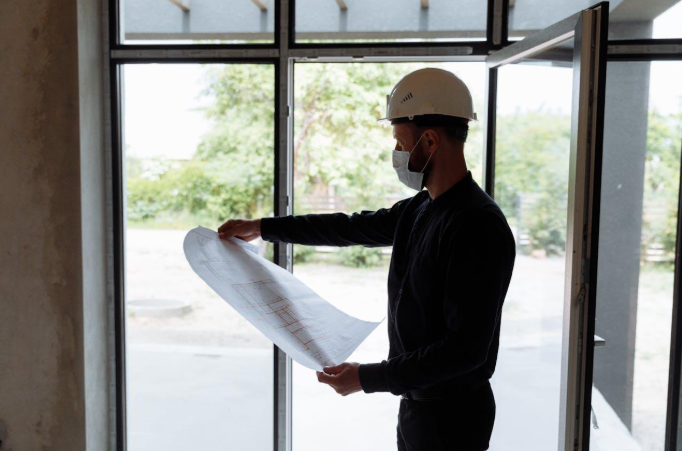Picture that you’ve found your dream home. Everything seems perfect, from the beautiful exterior to the modern finishes inside. But beneath the surface, there could be hidden issues waiting to disrupt your idyllic plans. That’s where a home inspector becomes essential.
While new homes might look pristine, they can harbor problems that aren’t visible to the untrained eye. This post highlights six common hidden issues that professional inspectors are uniquely equipped to uncover.
Common Hidden Issues that a Home Inspector Can Spot
Water Damage
Water damage isn’t always the result of long-term leaks or floods. Improper sealing, faulty caulking, or inadequate drainage can cause moisture to seep into unexpected areas, even in newly built homes. Left unchecked, this could lead to mold, mildew, and structural weakness.
A home inspector can identify tell-tale signs of water intrusion, from subtle discoloration to warped materials, before these problems become costly repairs.
Electrical Problems
New homes don’t guarantee flawless electrical systems. Loose connections, overloaded circuits, or improper wiring installations can pose serious safety hazards. While these issues might not affect functionality right away, they could lead to power outages, overheating, or even electrical fires in the future.
Inspectors test and assess electrical systems to ensure they meet safety standards, protecting homeowners from unexpected risks.
Foundation Cracks
A cracked foundation is more than just an eyesore; it’s a sign of potential structural trouble. Even small cracks can allow water to seep in or indicate shifting in the property’s foundation.
Home inspectors study foundations closely, spotting early signs of stress or damage that could compromise a home’s integrity. Catching these red flags early makes all the difference.
Roofing Issues
A gorgeous roof might hide improperly installed shingles, missing flashings, or drainage problems. These issues might not manifest right away but can cause leaks or roof damage down the line.
During an inspection, the roof is closely examined for weak points, ensuring everything is in tip-top shape to weather storms and the passage of time.
Plumbing Problems
While shiny fixtures might create a sense of perfection, poor plumbing work can lead to unexpected leaks or weak water pressure. Inspectors focus on areas beyond what’s visible, such as under sinks, inside access points, and along piping systems.
This thorough evaluation ensures there are no hidden plumbing headaches waiting to disrupt your daily life.
HVAC Inefficiencies
The heating, ventilation, and air conditioning (HVAC) system should work seamlessly in your new home, but installation errors can leave it inefficient. Poor ductwork, incorrect insulation, or malfunctioning components can lead to higher utility bills or inconsistent temperatures.
Inspectors evaluate HVAC systems to confirm they’re functioning properly, reassuring homeowners that their living spaces will remain comfortable and energy-efficient all year round.
How to Choose a Reliable Home Inspector
Not all inspectors are created equal, so finding the right one is crucial. Here are some tips to guide your search:
- Look for the right certifications: A qualified inspector should be certified and licensed where required.
- Ask about their process: A great inspector will explain their approach and provide a detailed plan.
- Check reviews and recommendations: This gives real insight into the experiences of past clients.
- Review sample reports: This helps you understand the level of detail they provide.


